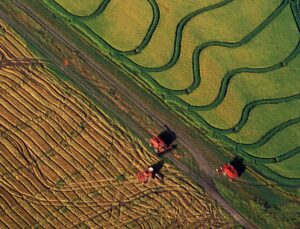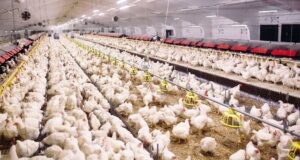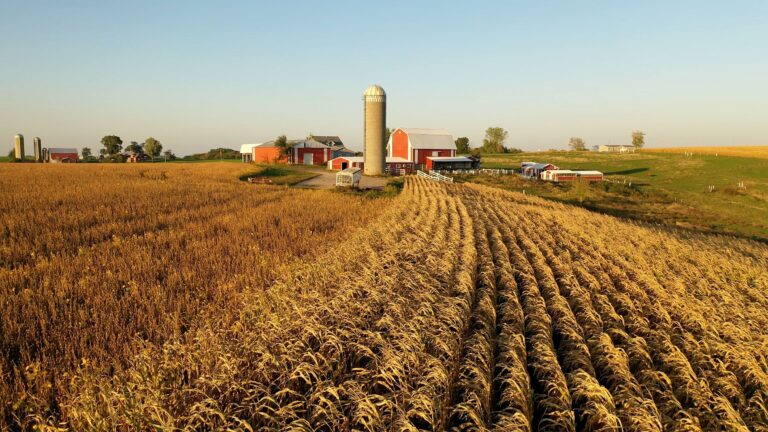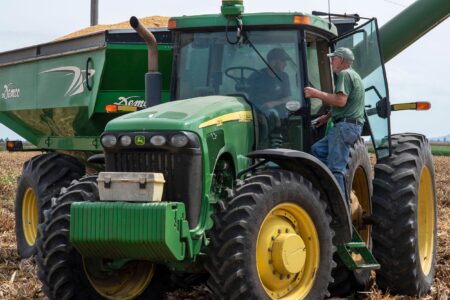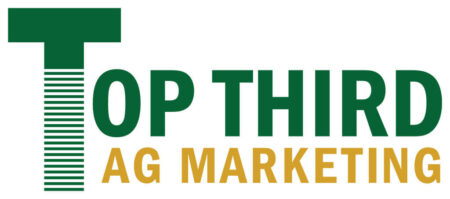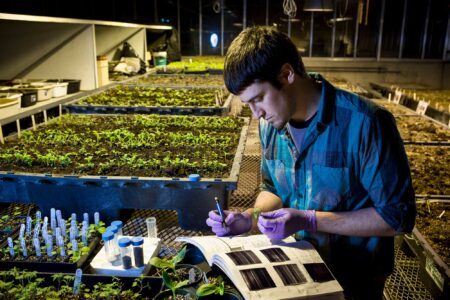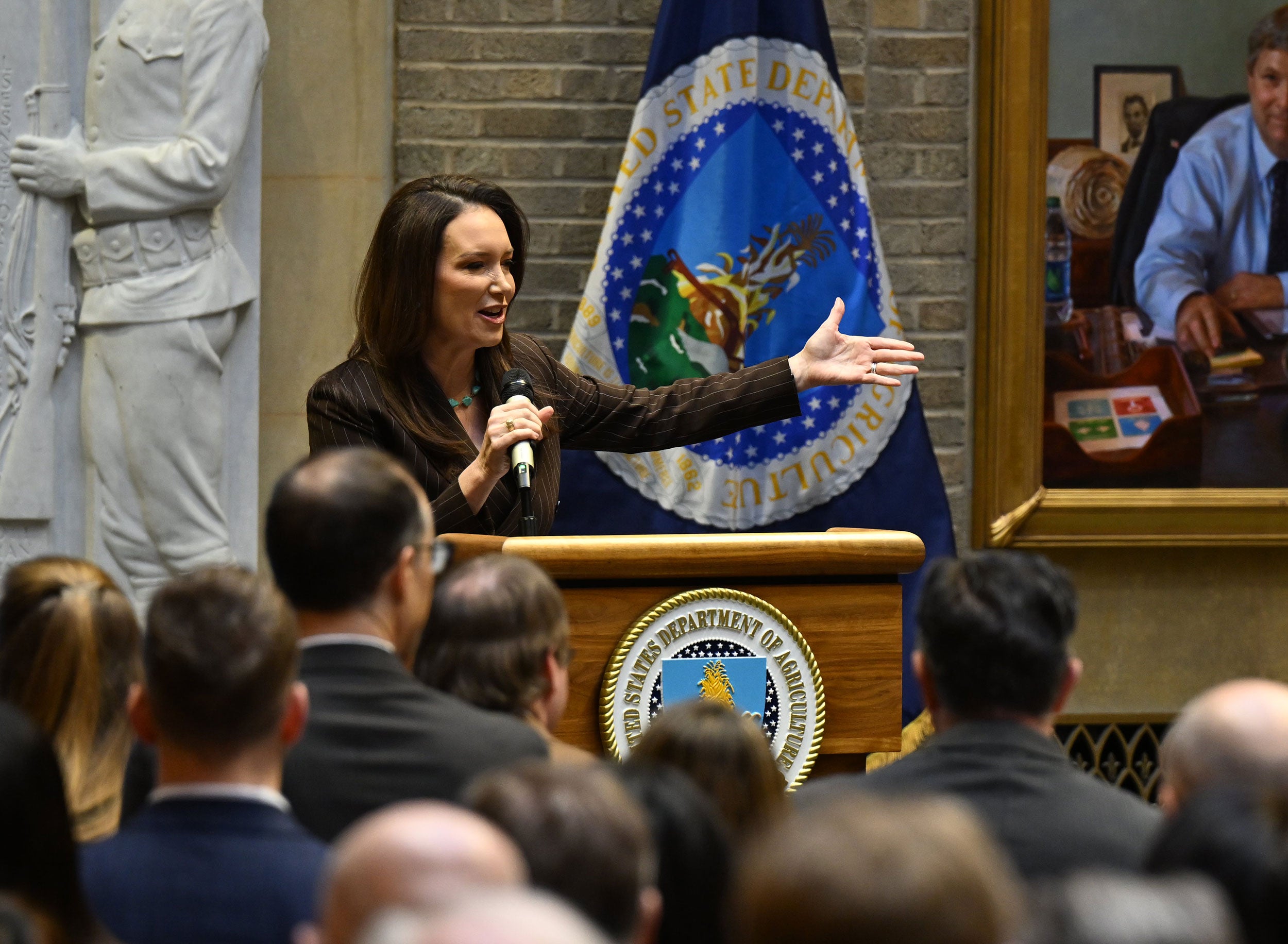Editor’s note: This article was adapted from a white paper authored by farmer and international agricultural consultant Ben Henson.
Rural America isn’t one thing. It’s a patchwork of communities and landscapes held together by lived experience, not slogans. Across that patchwork, people share a story: They’ve been courted for votes, talked down to, and left out of the decisions that shape their lives.
But what gets overlooked are the actual needs — and the voices — of rural and working-class Americans. It’s vital to ask what’s broken, what still works, and what needs to happen if trust in the system is to be restored.
The answer isn’t ideological. It’s practical. Show up, listen hard, and do the work that holds up under daylight.
A crisis of representation, not just resources
Let’s be clear: Rural voters aren’t irrational. They’ve just been through the wringer. You can’t keep promising infrastructure, better schools, or access to healthcare and then show up emptyhanded — and expect people to trust you next time.
For decades, policies have been crafted by folks who don’t know the difference between hay and straw, then delivered with a smile like rural people should be grateful. The truth is that rural and working-class communities have adapted, endured, and carried more than their share.
The problem isn’t rural dysfunction — it’s institutional distance. And until that’s acknowledged, nothing else is going to stick.
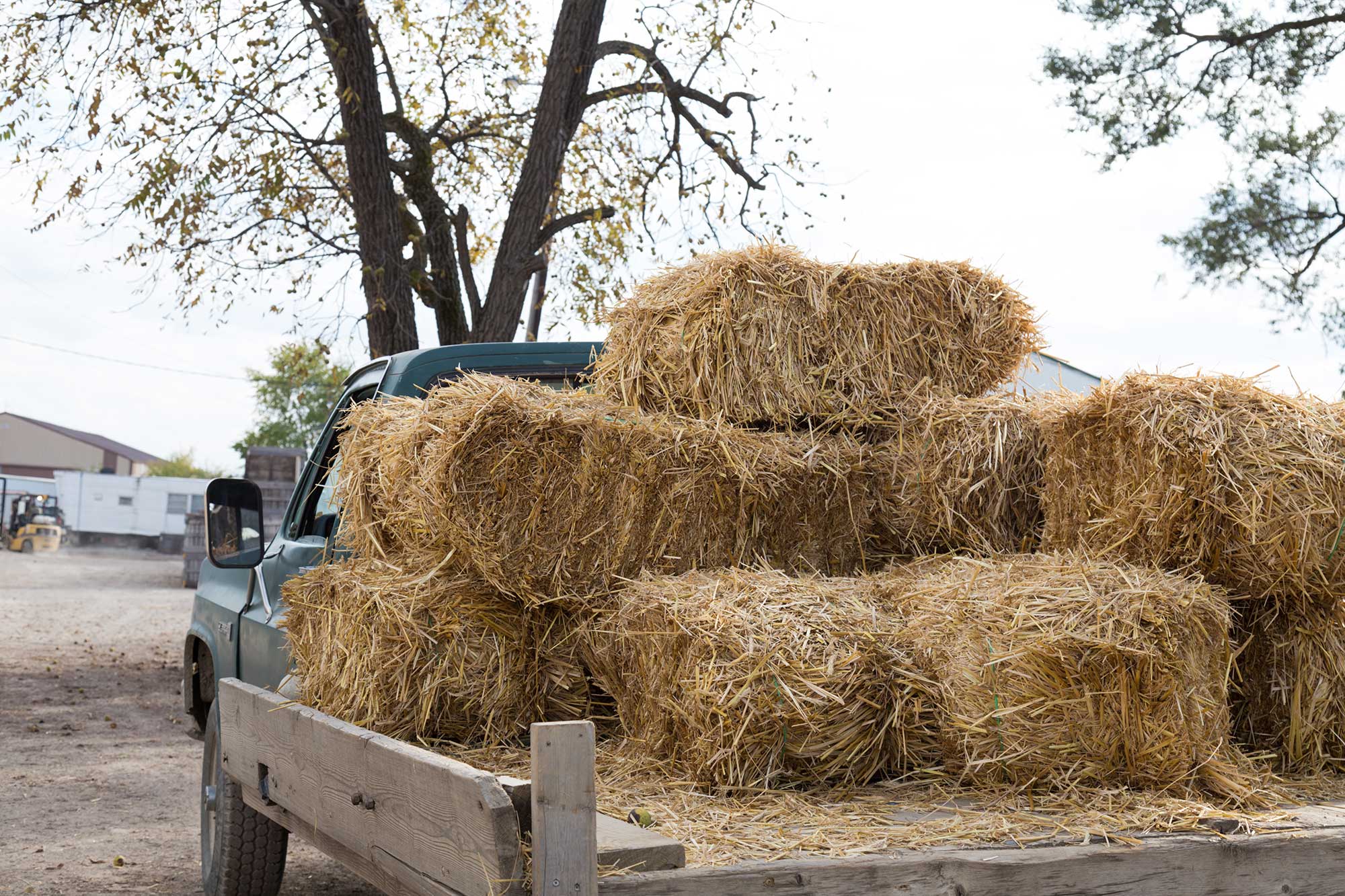
These are some of the biggest gaps that rural America wishes leaders would recognize:
- Economic security: A rancher might own land worth millions, but when diesel is $6 a gallon, fertilizer is $1,200/ton, and hay swings from $90 to $220 per ton, that equity doesn’t pay the bills. Housing costs have spiraled as remote places become lifestyle destinations, leaving the folks who work the land priced out of it.
- Healthcare access: In rural counties, a broken arm means driving 90 minutes and hoping the ER is open. OB care may be two counties away. EMS might be volunteer-run. Medicare Advantage often pays too little to keep providers in business, and patients are left choosing between care and groceries.
- Workforce gaps: High-paying trades jobs go unfilled because we gutted vocational programs. Rural schools don’t teach welding, plumbing, or CDL prep anymore. Meanwhile, we import labor for ag and construction instead of training the next generation of local workers.
- Infrastructure and connectivity: Roads are crumbling, water systems are from the ’60s, and broadband gaps leave entire valleys cut off. Rural cooperatives and Starlink help, but we’re still playing catch-up while the rest of the country moves on.
- Regulatory mismatch: Emissions rules treat a 10-cow ranch the same as a 10,000-head feedlot. DEF systems on tractors break down in cold climates and remote areas, but there’s no allowance for that. The system isn’t just blind—it’s blunt.
- Cultural alienation: Rural people are tired of being told they’re the problem—especially by folks who’ve never spent a day in their shoes. There’s pride in knowing how to fix a fence, deliver a calf, or get through a winter on grit and neighborly help. That way of life deserves respect, not ridicule.
None of these things can be earned through campaign stops and photo ops. It’s earned by staying present when the cameras leave. Hire field reps from rural communities. Set up permanent offices in small towns. Fund community meetings and show up when there’s no press.
Too many policies are written by people who’ve never had their boots in the mud. A carbon policy that ignores soil sequestration, or an ag emissions model that doesn’t account for pasture systems, misses the point — and loses the people.
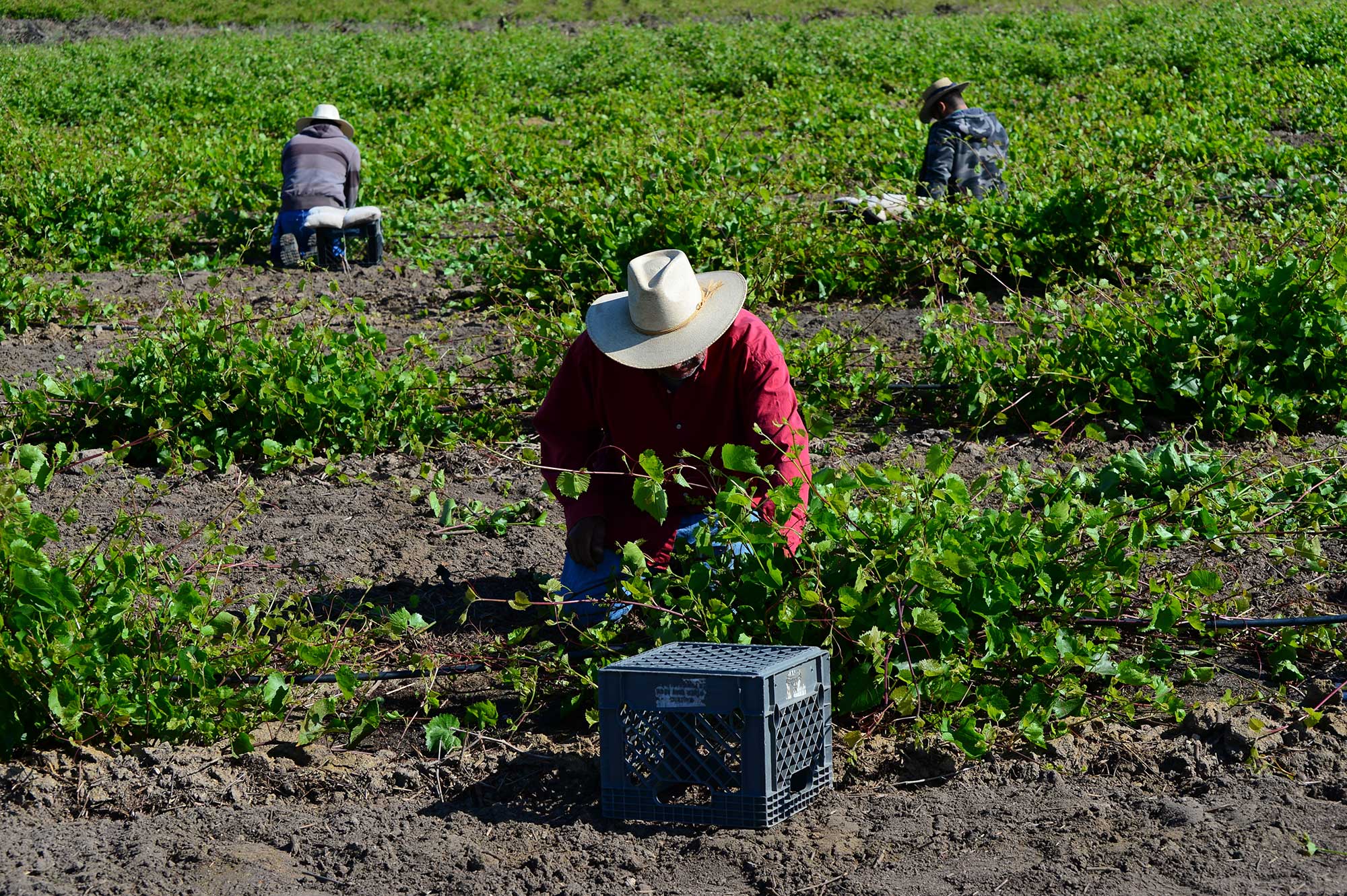

Let’s get specific. When Republicans floated the idea of filling farm labor gaps with people on Medicaid — folks with no ag experience, no proximity to the job, and in many cases, serious health limitations — who exactly thought that would work? Who among them called a single farmer before going public with that plan? Nobody did. Because if they had, they’d know: You don’t replace skilled, experienced workers with bureaucratic fantasy.
The people pushing this policy don’t understand the labor, the timing, or the risk. And not a single one of them showed up to explain it to the growers it would hurt.
Where was the outrage from Republican leadership? Where was the speech on the House floor defending the actual people who feed this country? Instead of fighting to stabilize the legal farm workforce, they offered a PR move that risks wrecking what’s left of the system. That’s not policy. That’s cowardice.
And Democrats — what gives you the right to blow a hole through an entire rural community in the name of “natural restoration”? Removing dams without listening to the people whose towns and livelihoods they support isn’t just technocratic overreach — it’s moral blindness. There may be no salmon in that river. But there also aren’t elk in Connecticut, and no one’s proposing to bulldoze suburbs to fix that.
If the people who actually live there aren’t allowed to lead the conversation, then what you’re doing isn’t environmentalism — it’s vandalism.
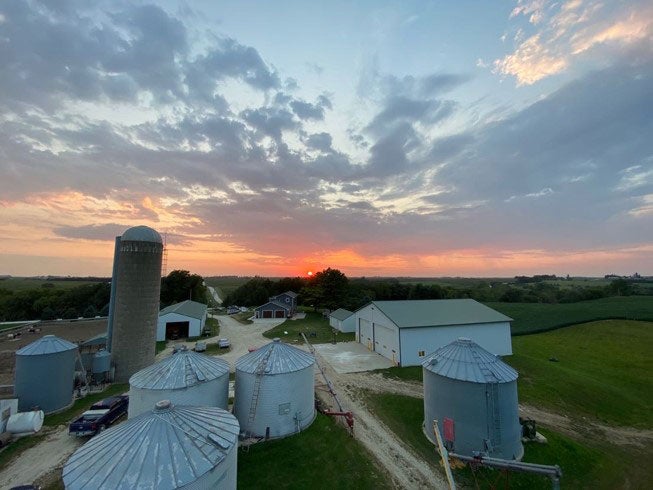

We’re also sick of being lectured about climate by people who can’t tell why methane (which is a flow gas) has to be considered differently from CO₂ (which is a stock gas), and who have never set foot in a logging yard. Or walked a forest with a good forester. You want forest health? Then logging has to be part of the answer. Thinning, firewood, poles, pulp, and yes, some for construction.
If you don’t know why seral plant communities have the greatest biodiversity and are keys to a healthy biome, then we can’t even have a meaningful conversation — these aren’t carbon crimes; they’re how you prevent catastrophic burns and keep rural economies alive.
Rural and working-class people aren’t asking for ideology. They’re asking for relevance. For representation. For a place at the table before the decisions are made. Because right now, the message from both parties is clear: “We’ll act first. You can react later.”
That’s not democracy. That’s neglect with a talking point.
Tangible steps toward action
There’s been a lot of talk in Washington about standing up for working Americans. But out here, it doesn’t feel like anyone stood up when it mattered.
Rural America isn’t broken, it’s just tired. Tired of being spoken for. Tired of being left out. Tired of being told what’s good for us by people who’ve never lived here.
But tired doesn’t mean done. There’s still grit in these communities. Still a backbone. What’s missing is honest partnership and policies built to last.
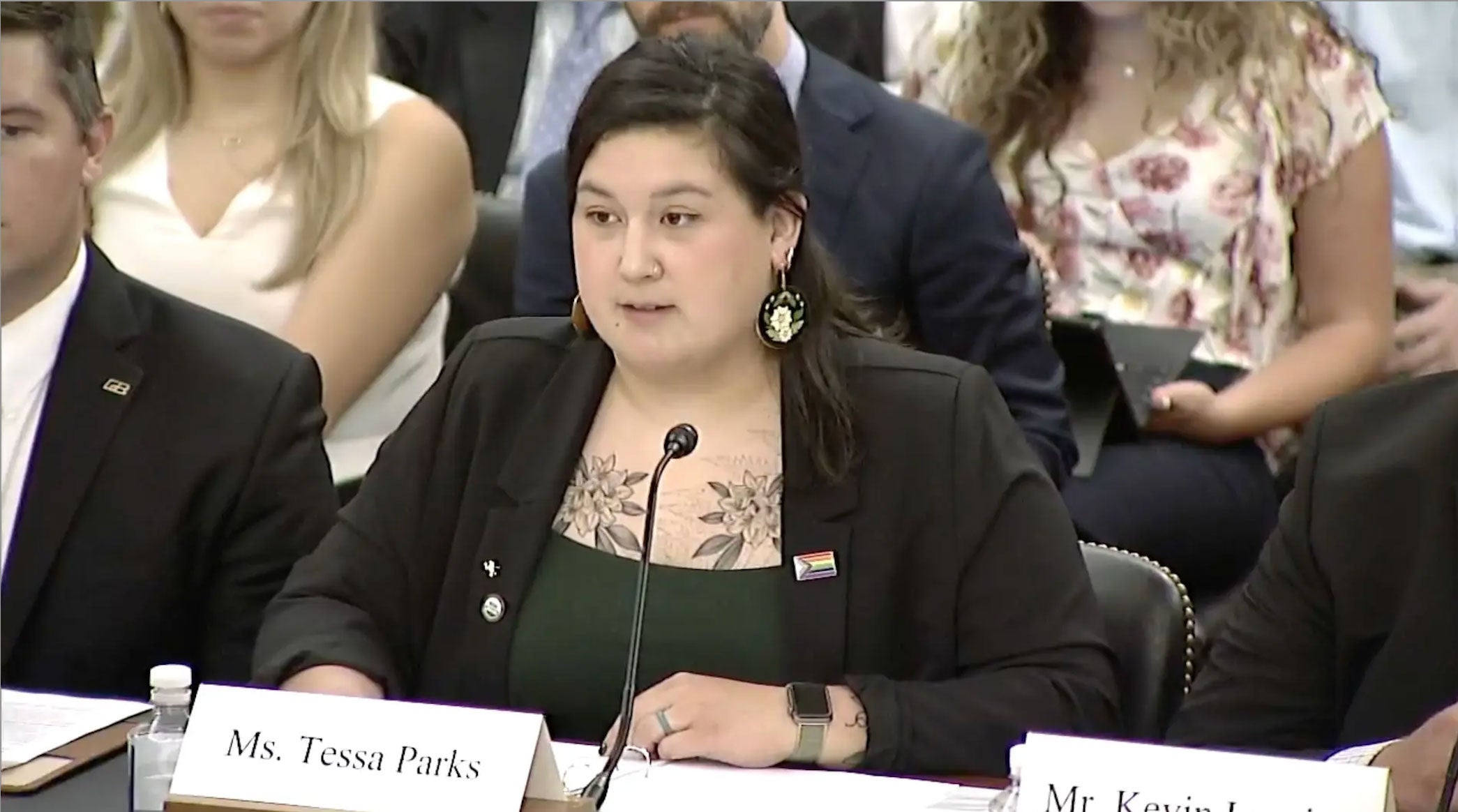

Here’s where we begin:
- Start with listening. If you’re designing a rural program without talking to the people who live there, you’re wasting time and money. Ask first. Don’t assume.
- Put decision-making closer to home. Local voices aren’t “stakeholders” — they’re the owners of the outcome. Give them real authority, not just a seat at the table. When local ag dealers, processors, or repair shops disappear, rural communities lose more than services — they lose ownership. Every time a part is trucked in from 200 miles away, money leaves town and doesn’t come back.
- Spend on what matters. Forget the branding and PR. Fix the bridge. Fund the clinic. Train welders. Get broadband to the last mile. People remember what got done — not what got promised.
- Fix the metrics. Stop judging rural schools and clinics using city models. Make space for small-scale solutions that actually work where we are. We’ve got jobs waiting in welding, electrical, plumbing, diesel tech, and ag service. Let’s train folks where they live, for the work that’s here.
- Respect cultural lines. Language has become a wedge, and institutions need to stop forcing new norms without context or consent. Rural folks aren’t looking for a fight — we just want to speak plainly and be heard without judgment.
- Back leaders who tell the truth. Even if it costs them votes. Even if they buck their party. The people who still live and work in these towns know the difference between a politician and a representative.
- Invest for the long haul. Short-term grants and pilot programs don’t fix anything. Real trust takes time. And so does rebuilding what’s been stripped away.


And those are things vital on a local level, for local communities. Still, rural America has a large stake in national issues too, and yes, it gets political. These include:
- Immigration reform: For Democrats: Are you willing to stop chanting slogans and get serious about legal pathways — real H-2A reform, faster green cards, and streamlined visas? For Republicans: Are you ready to admit rural economies rely on immigrant labor, and that legal access to farmworkers and ag techs isn’t weakness — it’s survival?
- The deficit and public spending: Rural families balance books every day. They expect government to do the same. If you’re running up debt while pushing programs that don’t reach the people, don’t be surprised when trust collapses.
- Tax breaks for the wealthy: Nobody on a tractor is getting a carried interest loophole. If your policy gives a hedge fund a tax break but won’t reimburse a rural vet’s mileage — you’re not serving working people. You’re serving Wall Street.
- Affordable housing in rural areas: Locals can’t compete with Airbnbs and out-of-state cash buyers. If neither party offers a plan to keep working people housed in their own towns, then what’s the plan worth?
This isn’t about nostalgia. It’s about function. If we want a country that works, we need to start rebuilding from the bottom up — with the people who still carry the weight. Rural and working-class communities don’t need saving. They need respect, trust, and real partnership.
We deserve a better future
Most folks out here aren’t asking for special treatment. They just want a fair shake. Keep the roads clear. Staff the clinics. Give kids a decent school that doesn’t treat trades like failure. And above all, elect leaders who don’t pretend.
If we’re going to fix this mess, we need to start with a plain question: Who are the real stakeholders in rural and working-class America?
Because it’s not the lobbyists. It’s not the foundations or the experts flying in from 2,000 miles away.
It’s the people who stayed. Who shovel the snow. Who feed the cattle. Who raise their kids in places the media only shows up to cover when there’s a crisis.
If they’re not at the table, then the table’s broken.
And if policy doesn’t start with them, it doesn’t start where it should.


Ben Henson is a lifelong farmer and international agricultural consultant with over 30 years of experience in the U.S. and Africa. He currently splits his time between a hay and cattle farm in Oregon and a climate-smart agriculture initiative in Rwanda.


:max_bytes(150000):strip_icc()/Canadian20flag48553671412_aeb0538794_c-0bfa123de2b54e30ab4fadecae382d4a.jpg)
